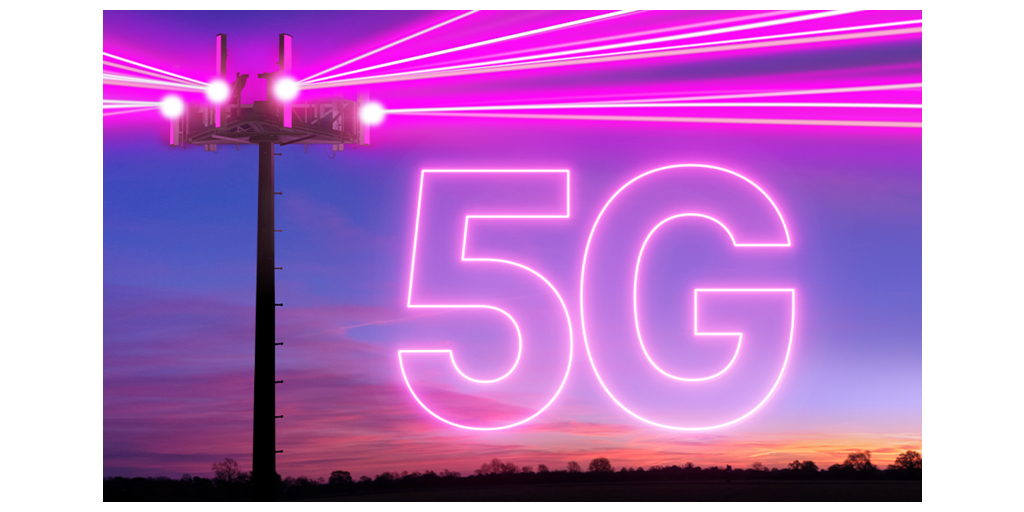DP turns to Fujinon Digi-Cine lenses for HD agriculture documentary
Director of photography (DP) and director Jay Kriss used FUJINON E-Series Digital Cinematography HD lenses exclusively in the production of his full-length historical documentary, "Harvesting the High Plains."
The film is slated to air late summer or fall nationally on the PBS network. Kriss co-owns the film production company Inspirit Creative, based in Williamsburg, VA, with producer Sydney Duvall.
Kriss began shooting the documentary in the summer of 2010 using a Panasonic AJ-HP3700 P2 HD VariCam camcorder outfitted with a FUJINON HAe10x10 (10x100mm) E-Series HD zoom lens. In early 2011, he added a complement of FUINON E-Series HD prime lenses, including the HAeF5 5mm; HAeF8 8mm; HAeF10 10mm; HAeF12 12mm; HAeF16 16mm; HAeF20 20mm; HAeF34 34mm; and HAeF54 54mm, which enabled him to match the needs of each shot with the right lens.
"Harvesting the High Plains" recounts the hardships and challenges faced by farmers during the 1930's Dust Bowl, a time when farmland was devastated by extreme drought and excessive farming. The 90-minute film tells the true story of two farmers — Ray Garvey of Wichita, KS, and John Kriss of Colby, KS — who are credited with the expanded use of the innovative Summer Fallow agricultural method as well as other innovative farming methods.
According to Kriss, the FUJINON digital cinema lenses gave him a high degree of creative latitude, "This film greatly benefits from the depth of field, precision and clarity these lenses produce," he said.
"We really put these lenses to the test by shooting for weeks under extreme production conditions," Kriss added. Besides temperatures exceeding 102 degrees, the lenses were continually subjected to extremely hot, dry, dusty winds common to the plains of Western Nebraska and Western Kansas. Every evening, Kriss would spend up to two hours cleaning dust from the lenses, but they never failed to perform flawlessly.
"We also pushed these lenses creatively," Kriss said. "We adjusted the camera's menus to shoot monochromatically, and then affixed a 'Red 25' filter to the lens to obtain a high-contrast effect. Since the filter costs 4.5 stops, it was extremely advantageous to be able to open the lenses as far as possible, from T2.2 to T1.6, to maximize available light." This also allowed Kriss to shoot with a very open lens, a style he prefers.
The professional video industry's #1 source for news, trends and product and tech information. Sign up below.
Kriss and Duvall co-wrote the script, which was based upon tens of thousands of letters exchanged by Garvey and John Kriss. The letters document the history of their massive GK Farms farm operation.
